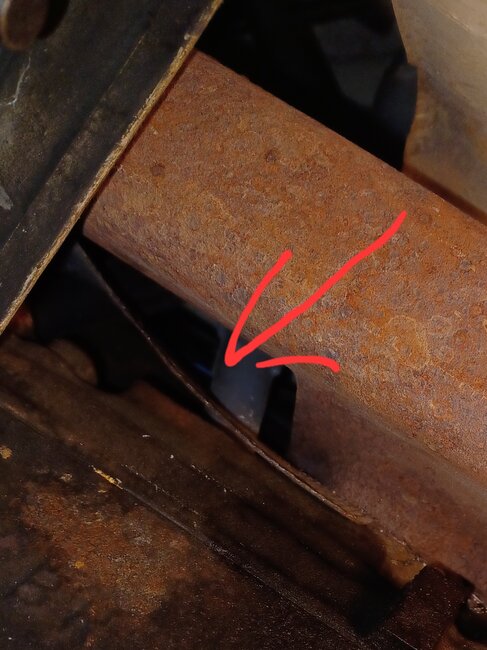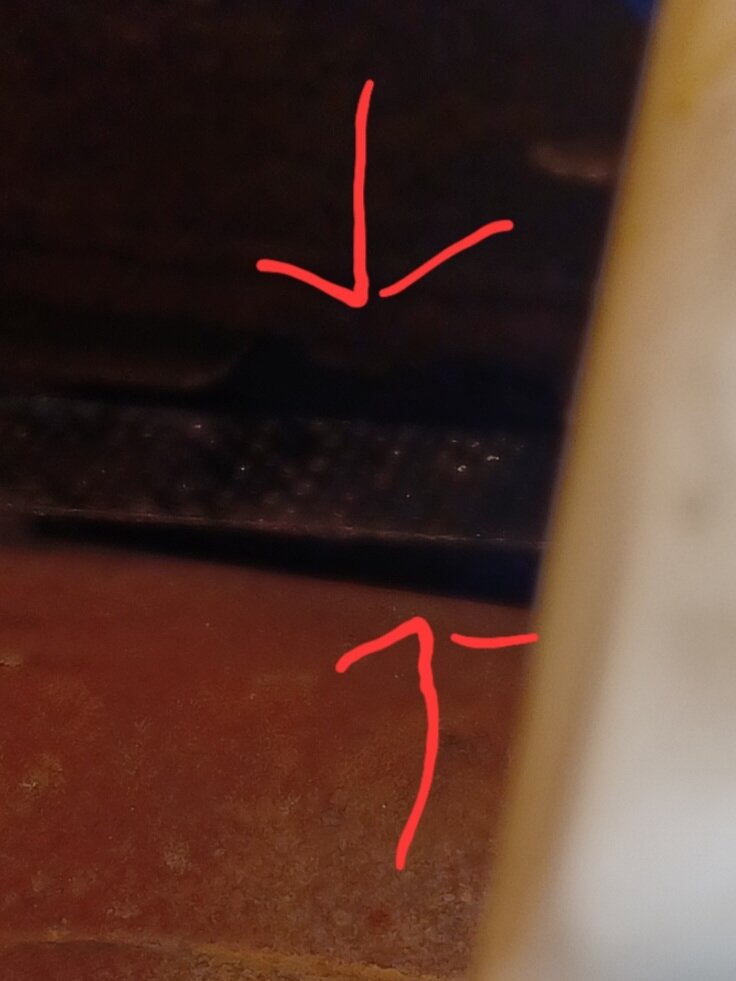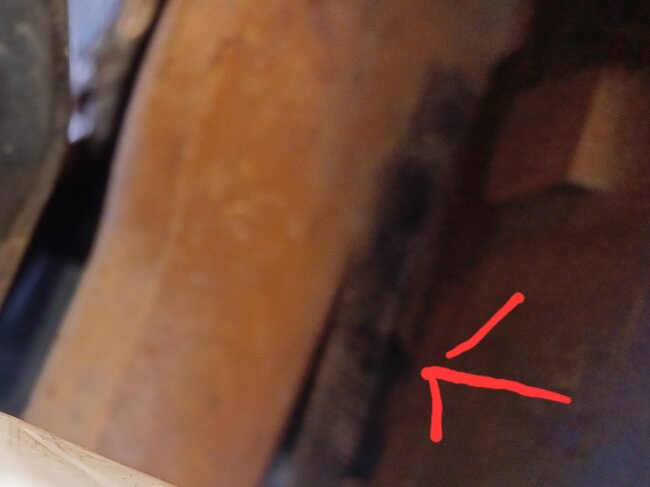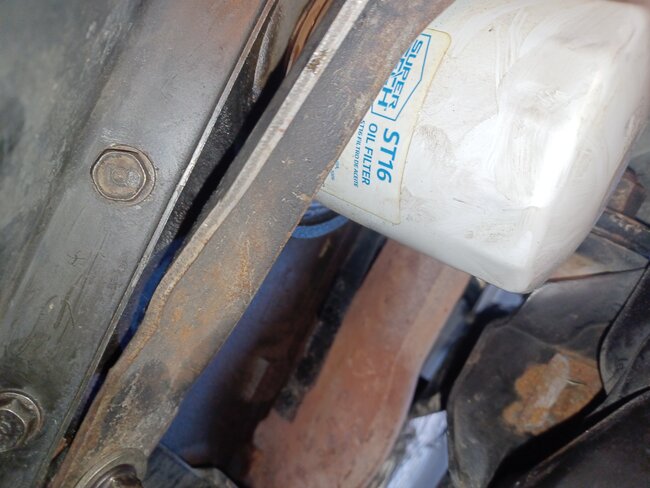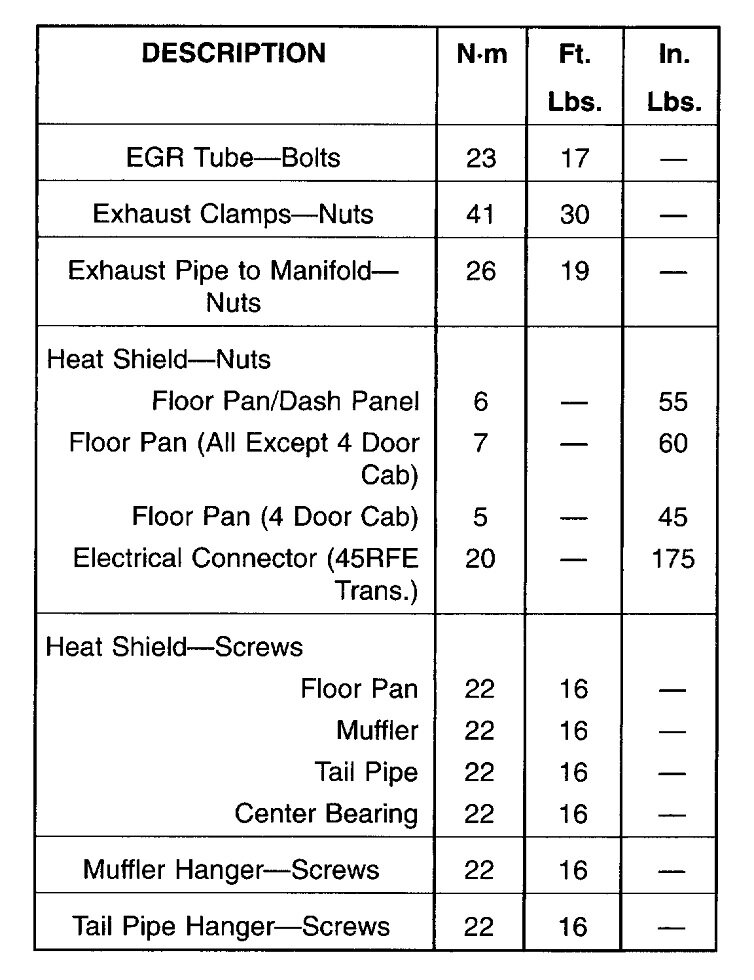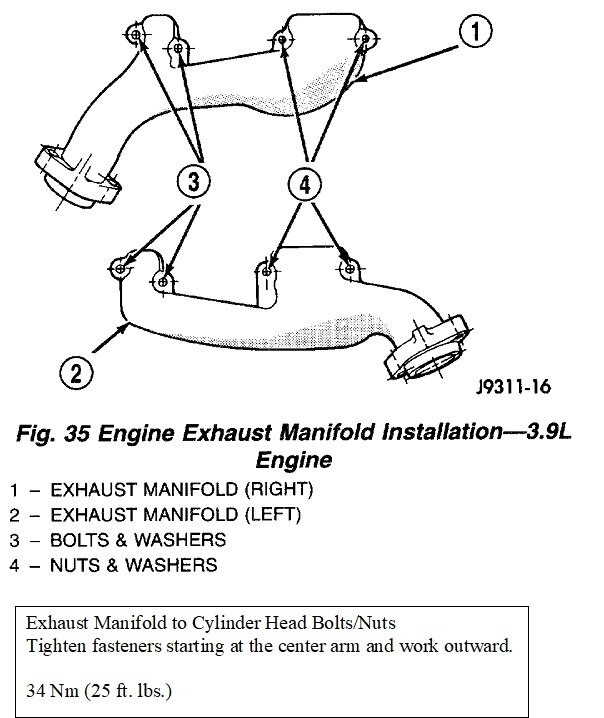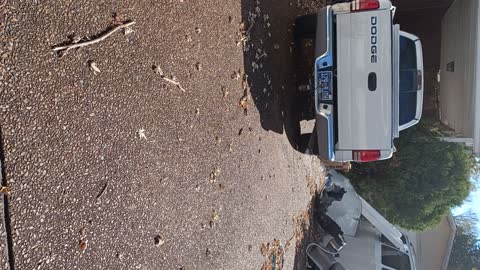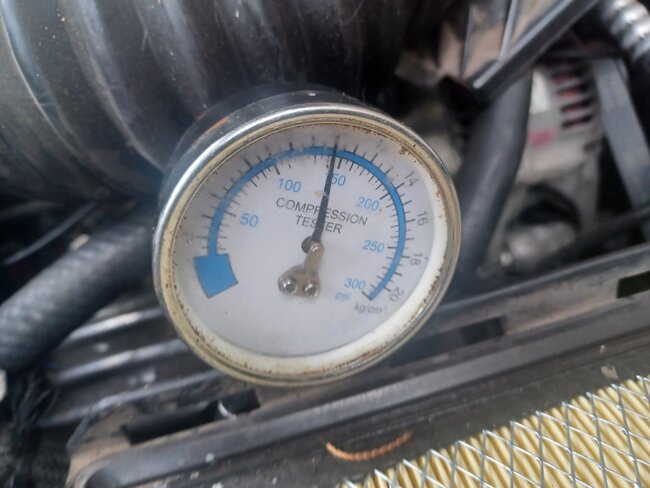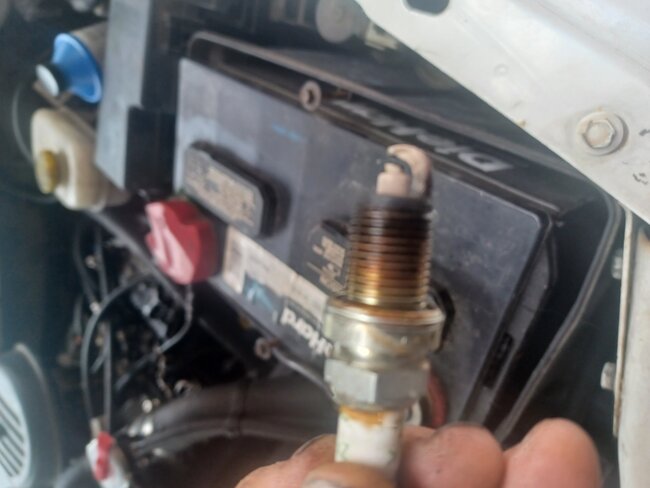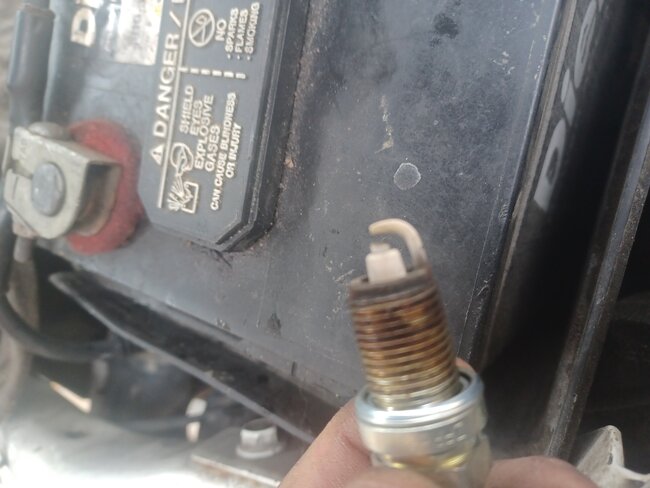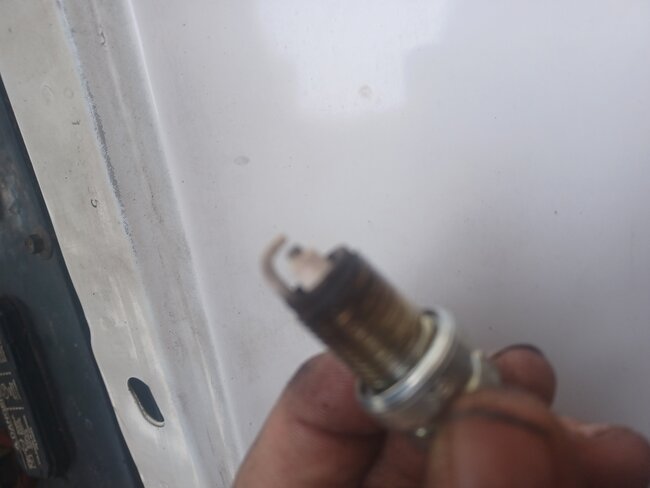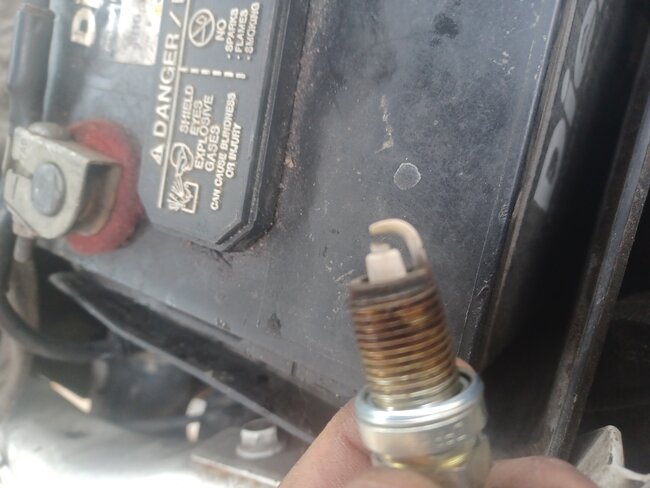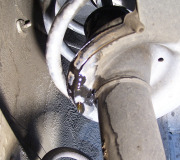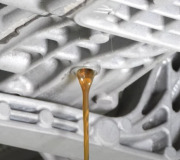Leaking valve stem seals used to be rather common years ago, but not so much today. Oil that runs down the stem into a cylinder gets burned so slowly that you'll never see it once the engine is warmed up. It's when the engine is still cold that oil that ran down overnight pools on top of a piston, then goes out the tail pipe and is seen as a dark blue cloud. That gradually clears up in a few minutes. I've had a few engines with that problem. None of them used oil fast enough that I needed to add between oil changes. When I pulled the engines apart, I found the seals to be badly hardened and they had cracked apart. If your seals are badly worn but not cracked, I don't think you're going to lose enough oil to worry about. It's the blue smoke when starting a cold engine that is the only symptom.
If you have an original drain plug, it will have a built-in rubber gasket. Believe it or not, those are almost fully tightened with finger pressure. A very slight tug on the wrench is more than sufficient to make them fully tight. If one has been overtightened, the threads will start to peel. You may see part of a thread hanging from the drain hole when the plug is removed. At that point the plug must be replaced or it likely will work loose or can't be tightened sufficiently. In real bad cases, it is possible to create a crack on the oil pan around the drain hole. For my own vehicles, I've had good luck sealing up things like that with Chrysler's gray RTV gasket sealer. With their black stuff, it stays a little more rubbery, but it absolutely will not bond or seal through the slightest film of oil. Everything has to be washed or sprayed down with Brake Parts Cleaner or something similar, and dried well, then it might work. The gray sealant WILL bond through a light film of oil and it cures a little harder. This is not a way I'd repair a customer's vehicle as it risks leaking again, but I would try that first on my own stuff. The alternative, if there's a crack in the pan, is to replace it.
For the intake manifold, there's two places oil can leak. One is at the front or rear on a V-type engine. The oil isn't under pressure there, so there will only be minor seepage unless the PCV system isn't working. The second place is when there's oil drain back passages running through the intake manifold and the gasket is leaking. That oil typically gets sucked into an intake passage and goes directly into one or two cylinders. That will be a major loss of oil and it WILL make a blue cloud out the tail pipe even when the engine is warmed up. This is usually seen on four-cylinder engines as they do have drain back holes running through the cylinder head. Your 3.9L is a version of the really rough and reliable 318 c.I, with two cylinders lopped off. There's no pressurized oil running through the intake manifold, so that major leak isn't possible. The oil in the drain back holes is under no pressure. The oil in the other passages is at around 45 psi. Those passages are not close to the intake passages in the cylinder heads, so it's very unlikely there would be oil loss there. A lot of gasket would have to corrode away, then the very high pressure in the cylinders would push combustion gases into the oil system long before any oil would flow the other way from the low pressure to the high pressure area. None of these things would cause leaking oil to be seen on the outside of the engine. Anytime pressurized oil gets sucked into the intake manifold, there will be no mosquitos in your neighborhood for miles around! When you remove the spark plugs, those for the cylinders sucking in oil will be coated with black soot. If it's bad enough, that will lead to spark-related misfires.
Saturday, November 4th, 2023 AT 11:50 PM
